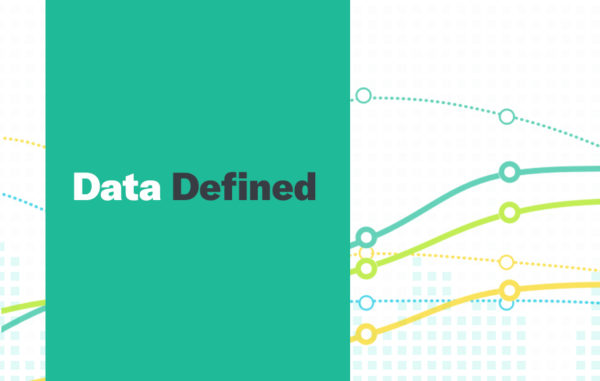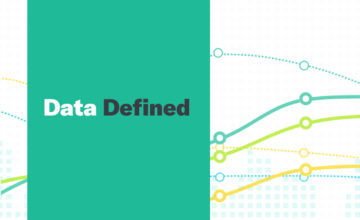Data Modeling Defined
Data modeling transforms a complex software system design into an easily understood diagram, detailing the way the data flows through the data architecture within an enterprise. Data modeling is an important part of the planning stage, especially in the analysis and design phase. Introducing data modeling early aids in the consistency of naming conventions, default values and security, while also ensuring quality of the data.
There are three primary types of data models:
- The physical data model represents the structure of a database, including the columns, table or messages in the computer processes.
- The logical data model is a fully attributed model, including descriptions of each entity, the attributes of the entities and their relationships.
- The conceptual data model focuses on identifying data used within the business and the highest-level of relationship between the two.
An effective data model results in higher quality software development and better allocation and application of human and computation performance and resources. Data modeling also results in higher quality documentation, better cross-functional communication, better compliance enforcement and risk management, and fewer errors in software across all business systems.
In Data Defined, we make the complex world of data more accessible by breaking down all aspects of the field.
Click Here for more Data Defined.


